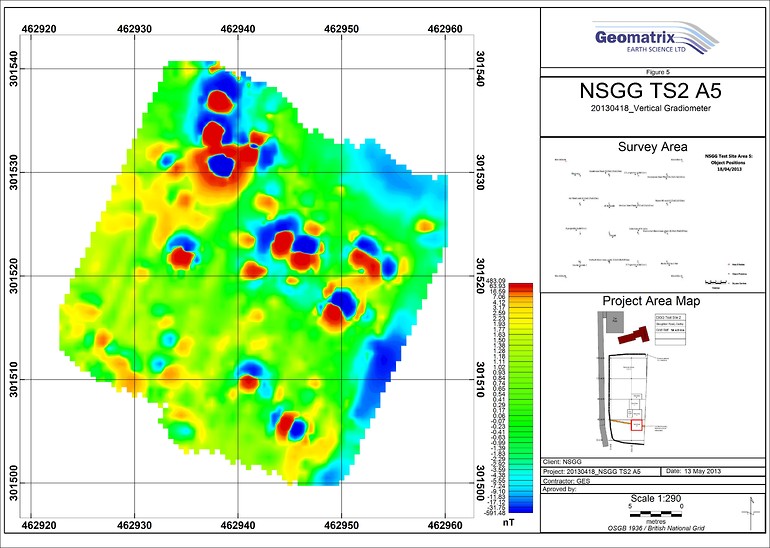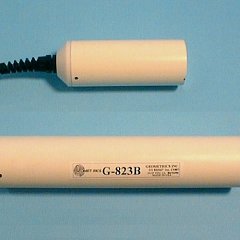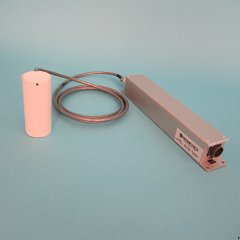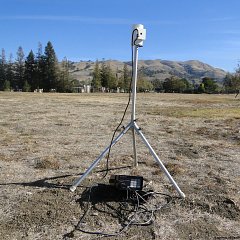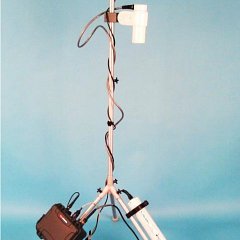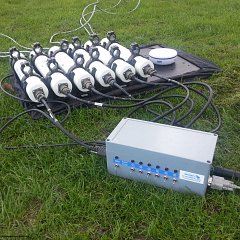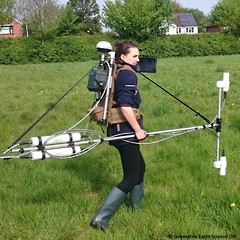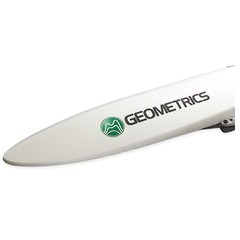Magnetic
In a magnetic survey spatial variations in the Earth’s magnetic field are measured. In general these variations are caused by the presence of iron and iron oxides.
Magnetic surveying has been widely used for many years in the mineral and oil exploration industries; and is has become a vital tool for industrial and environmental applications such as the detection of abandoned mine shafts and adits, detection of man-made targets such as brick lined shafts or locating unexploded ordinance (UXO). Additionally the technique can be used for the location of underground storage tanks and buried steel drums, as well as high resolution archaeological surveys.
The method has the advantage of being one of the easiest and cheapest geophysical techniques to carry out, since large areas can be covered quickly at a low cost and few corrections to the field data are required. The resolution, sensitivity and sample speed of modern magnetometers make them ideal for portable gradiometers and vehicle and airborne sensor arrays.
